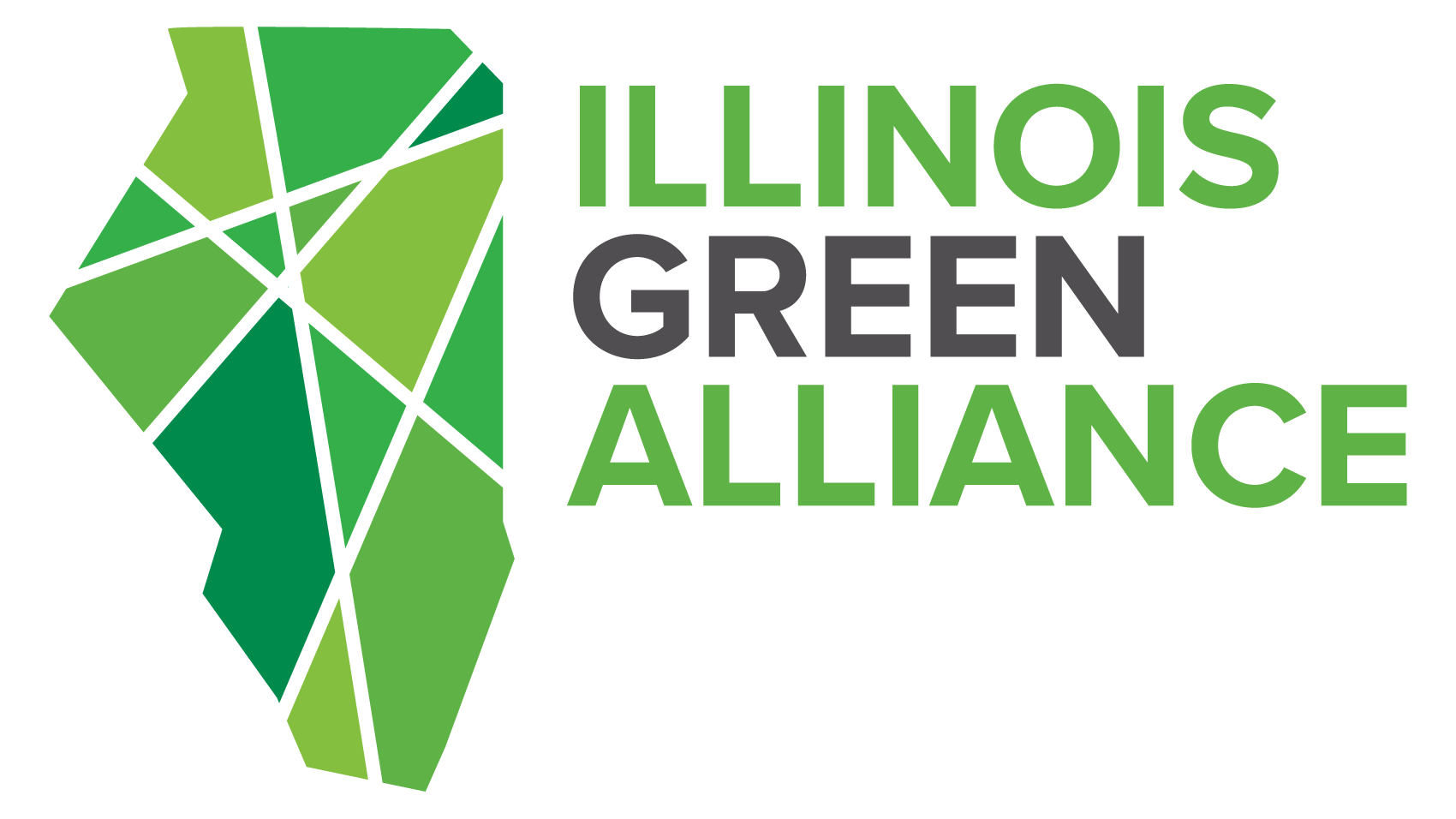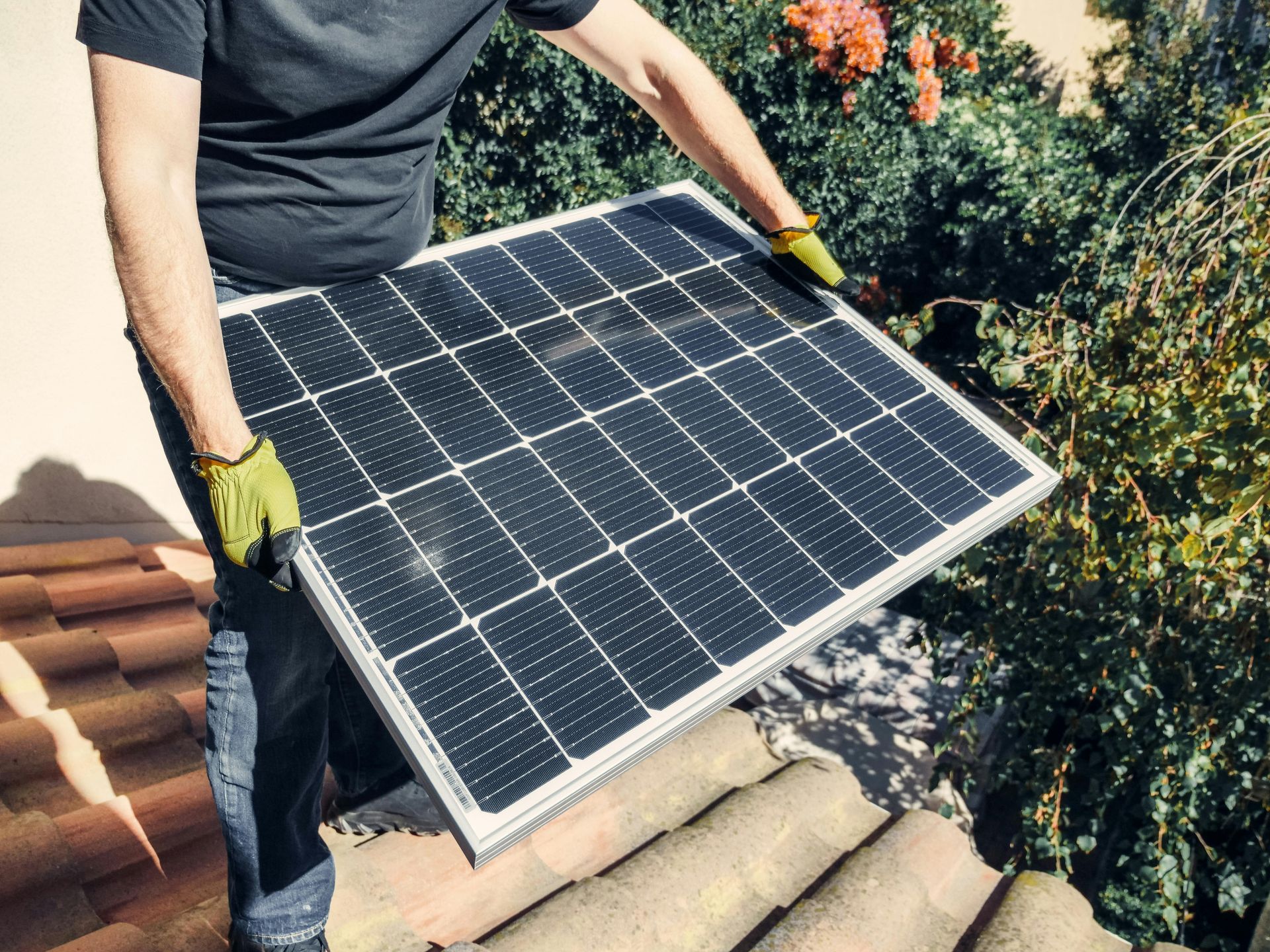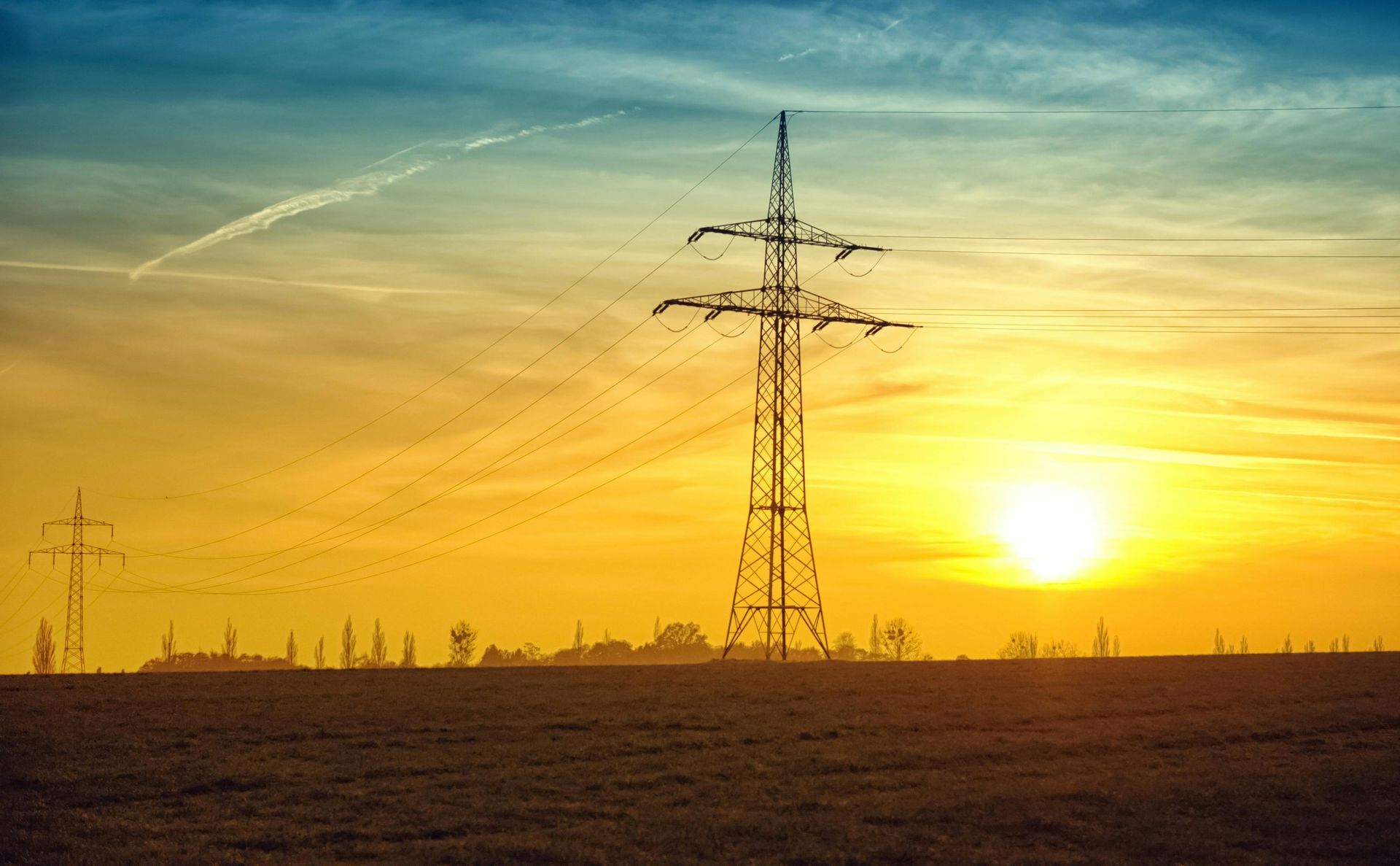Illinois Green Policy Update: September 2024
Illinois Finalizes Stretch Codes
This month, the Illinois Legislature moved to approve the Residential and Commercial Stretch Energy Codes available for adoption on January 1, 2025. This is the culmination of a years-long process spanning multiple government bodies and the tireless effort of green building professionals and advocates.
Stretch codes, a major initiative of the state Climate and Equitable Jobs Act, give cities and towns across Illinois an opportunity to slash building sector emissions. The stretch codes were developed by the state as a higher-efficiency alternative than the base code, with increasing performance targets over time. The 2024 Residential Stretch Code will provide a 50% reduction in energy use intensity (EUI) from the baseline and that target will grow to 75% by 2032. Now that the stretch codes have been approved, municipalities can realize the benefits of a more efficient building stock.
Research from the Pacific Northwest National Laboratory shows that Illinois’ residential stretch codes will lead to significant consumer savings and greenhouse gas reductions. These impacts include:
- Almost $250 in annual utility savings for the average homeowner.
- Projected return on investment in 10-11 years.
- Average life cycle cost savings of $8,829 for newly constructed homes.
- Statewide CO2 emissions reductions of 14,150,000 metric tons over a 30-year period.
- $3 Billion in statewide energy savings over 30 years.
Moving forward, Illinois Green is going to continue to work closely with our partners to help get the stretch code adopted across the state. This work will involve educating policymakers on the stretch code’s utility as a tool for building decarbonization as well as providing all stakeholders involved with the tools, education, and resources they’ll need to adopt the stretch codes.
More Green Building Highlights
Illinois ranks #5 in the country for clean energy jobs. According to the E2 Clean Jobs America report, nearly 129,000 workers across the state are employed in the green economy, with most of those employed in energy efficiency roles, with other jobs in renewable energy, manufacturing, and construction highlighted. Nationwide, the clean energy workforce grew three times faster than the market overall.
The green building industry and jobs in clean energy look particularly bright in Illinois thanks to state efforts to leverage the Inflation Reduction Act (IRA) and implementation of the Illinois Climate and Equitable Jobs Act. These policies and their implementation have launched new career training opportunities, made billions of dollars accessible for clean energy funding opportunities, and spurred billions more in private investment for green projects.
Chicago City Council is considering new rules to increase green space in development projects and other areas across the city. An ordinance proposes raising the Open Space Impact Fee, which funds the purchase of new park space, capital upgrades, school playgrounds, other improvements in the city. The fee, previously set at $12 per sq. ft., hasn’t been raised since it was passed in 1998 and now will be incrementally increased to $24 per sq. ft. by 2027, with small annual adjustments tied to inflation. Developers are able to receive credits on this fee for including publicly accessible green space in their projects and the fee is charged as a flat $100 per unit rate for affordable housing projects.
Annually, the Open Space Impact Fee generates $2 million for open space projects. On September 4th, the ordinance was recommended for approval by the City Council Committee on Special Events, Cultural Affairs, and Recreation with a 48-0 vote and can now be officially passed with a full city council vote.
In Other Sustainability News
- New state incentives for 2025 will make rooftop solar an easier, more worthwhile investment.
Read more – Chicago Tribune - The IRA puts $4.5 billion into home energy rebates.
Here’s what to know – New York Times - Researchers from Argonne National Laboratory are researching the impact of skyscrapers, urban canyons on heat and local climates.
Read more – NBC Chicago - Impact of climate change on heating and cooling is severely under-estimated, according to new research.
Read more – University of Illinois - Households save an average of $107 on utility bills under Biden Administration standard.
Read more – RTO Insider - How water-intensive are data centers? A mid-sized facility uses the equivalent of 1000 homes’ water use.
Read more - The Joyce Foundation




